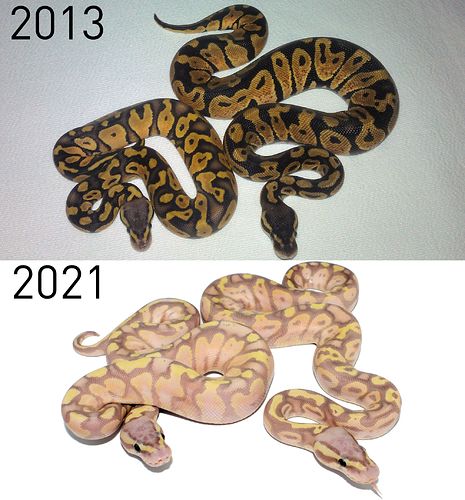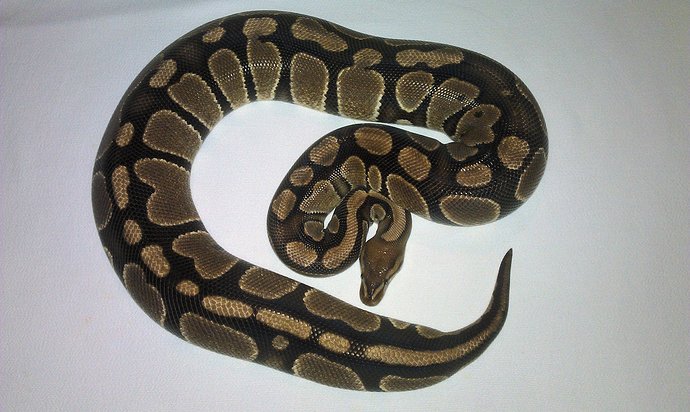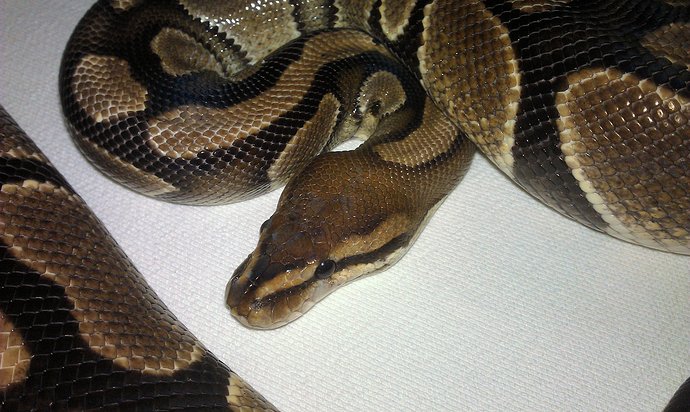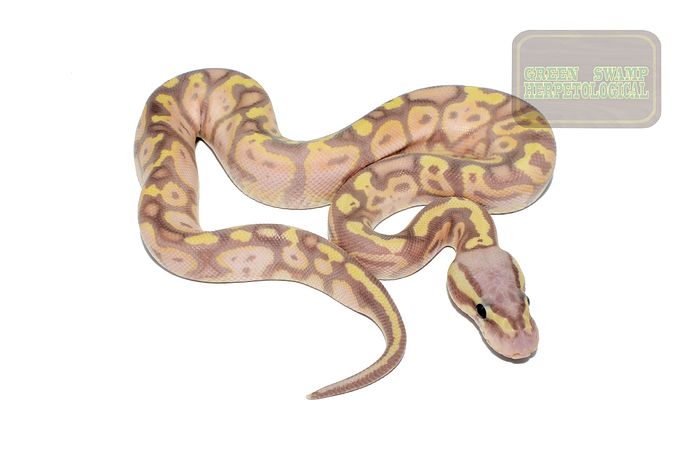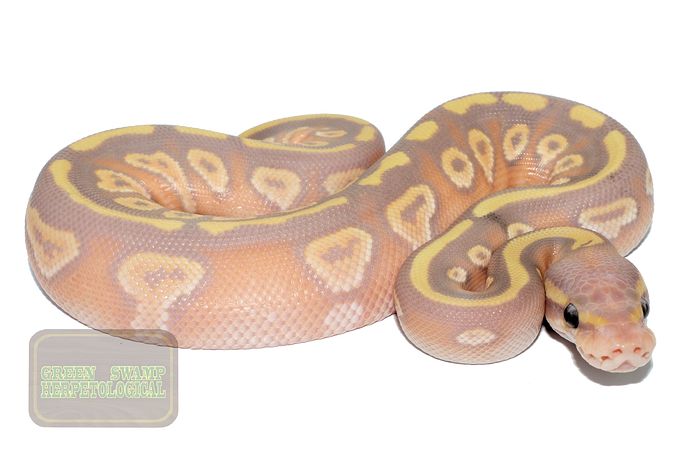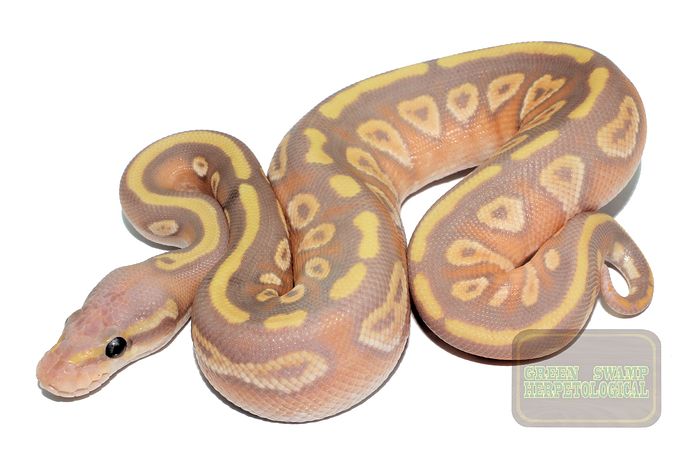Hello everyone!
It has been some time since I have posted on any forum, but I feel I have a bit more to say about this project than really fits into the attention span of the typical individual scrolling social media at any given time, even though I intend to try to keep things brief.
(Edited to make the comparison photo the primary in the thumbnail since I’m still learning how this forum works. More on that later!)
Most are likely unfamiliar with this project of mine, so here’s the abridged version. It began with an unusual female imported from Africa around 2003. I first saw her around 600g or so. She was originally in a friend of mine’s collection, referred to as “weird ghost type,” as she was lighter in color than normal and had a different look to her. I took possession of this animal around 2006, and she first produced for me in 2009. This is an old, not so great photo of her, followed by a head shot of the blushed head with reduced dark border stripes I look for when identifying animals with this phenotype. (I need to remember to take a better photo)
Since that first clutch, I have had a total of 64 eggs make full-term from animals in this project (including a couple disaster null-allele Super Pastels, 1 dead in egg and the other that failed to thrive). Of those, only 11 have exhibited phenotypes I would characterize as Ashen, with varying degrees of expression. An additional 15 of the 64 offspring I noted as odd or unusual, some having unusually busy patterns, or some having blushed out “black backs.” Based on these observations, I either have horrendous luck with some form of domanince, or I am fairly certain I have a polygenic phenotype in Ashen with no fewer than three contributing mutations.
Admittedly, my photographic documentation of the Ashen “siblings” has been fairly poor because initially I didn’t have any reason to suspect anything, and chalked up the excessively long time to produce a male exhibiting the Ashen phenotype (first conclusive one in 2019, though had some odd/unusual ones prior) as plain bad luck. I also held off on breeding a lot of the project animals for several years due to rack space concerns with the project versus other projects I wanted to pursue.
Anyway, this year I finally bred something other than Pastel or Hypo into the Ashen line, and am quite pleased with the results! The pairing I want to highlight is my Coral Glow Pastel Mojave Het Pied male to the higher/full expression 2009 Ashen Pastel female hatched from my first clutch from the founding female. I actually got to replicate a comparison of Ashen vs normal Pastel I did in 2013 with Coral Glow versions of both! That’s the photo at the top. Here are individual photos of each of those animals.
In spite of only having 4 of the 6 eggs from the clutch make it full-term, I also hatched out my first Mojave combo with at least something from the Ashen going on in him. This boy is nuts! Almost like a lighter version of the Coral Glove Black Head Mojaves I hatched about a month prior.
I have one more clutch in the incubator from the 2019 Super Pastel Ashen male bred to a low-to-mid expression Ashen Pastel female. He has also bred the original Ashen female and the lower expression 2009 Ashen Pastel female, but I haven’t seen an ovulation from either so far. I have a few other clutches and gravid females from the project as well, but I find it unlikely anything comes out better looking than the CG Mojave boy above!
Anyway, considering the potential of polygenics being at play, I will keep much better records/photos of siblings from the project and make note of anything that slightly varies from the norm, including reduced pattern which I know I have not been taking note of previously.
Anyway, thanks for reading and enjoy the photos!
Russell Lawson
